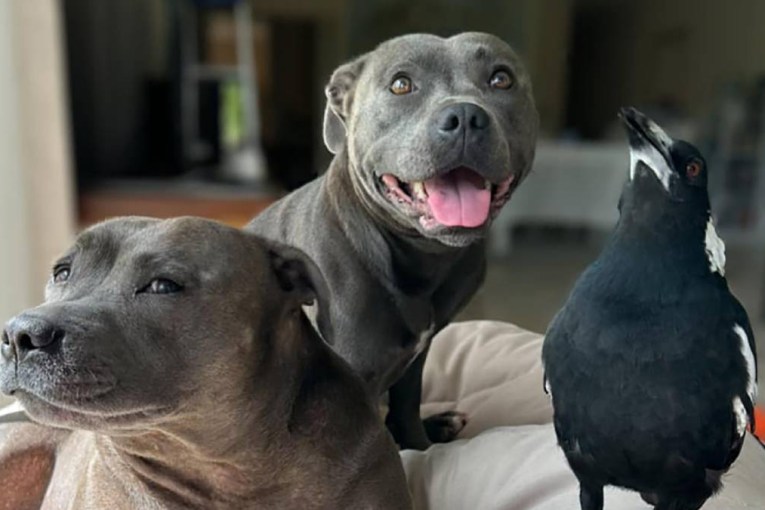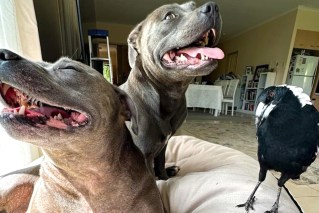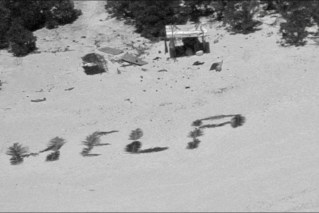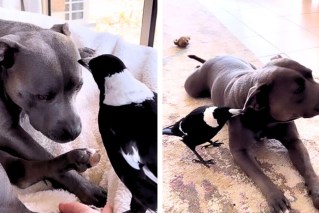The dogs sniffing out cane toads in bushfire-scorched NSW
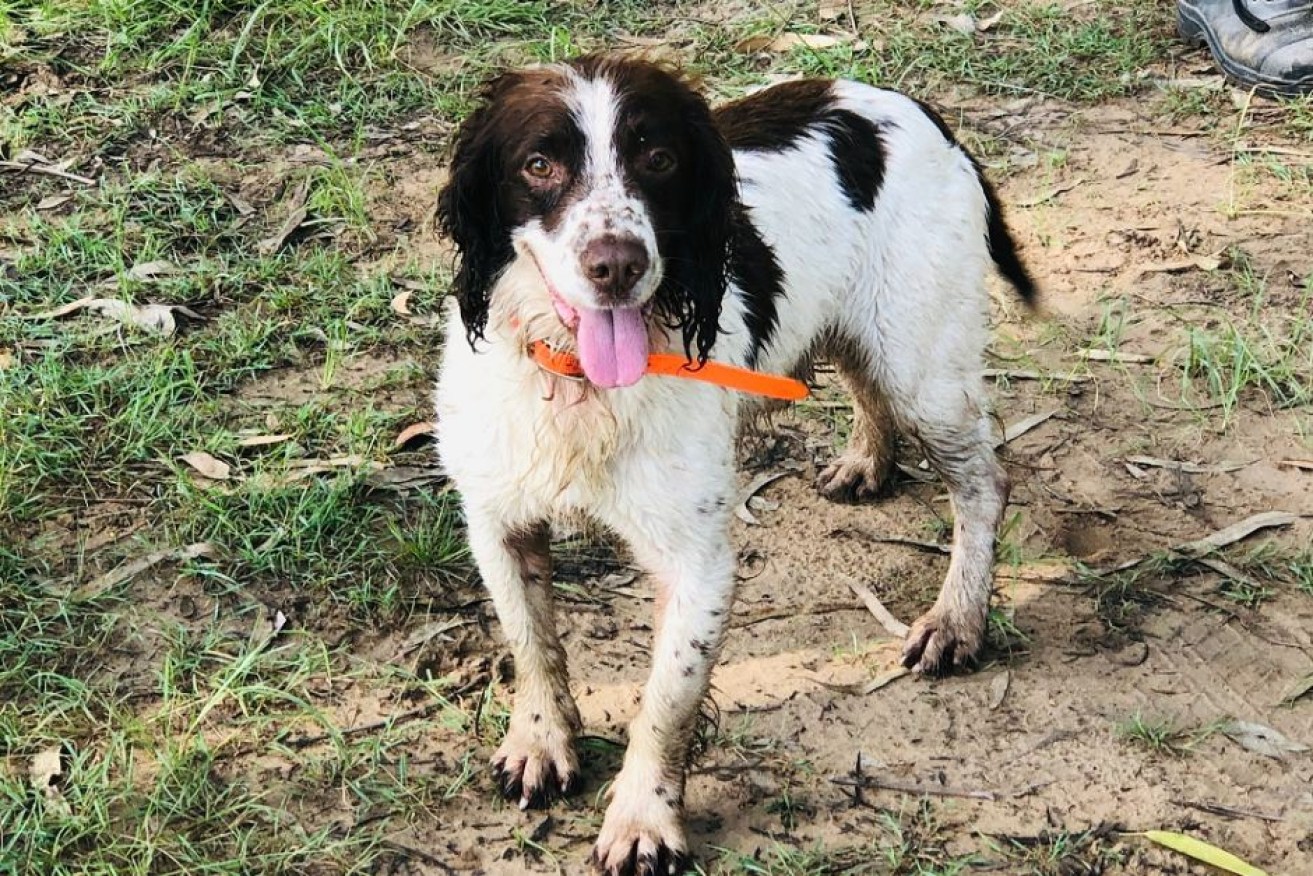
Tommy, the cane toad detector, is an expert at sniffing out cane toads in paddocks and ponds. Photo: ABC
Cane toads have been a big problem in far-north New South Wales for decades, but the recent bushfires are making matters worse as cleared, charred land makes it easier for the pests to move into new territory.
The village of Rappville, south of Casino, was hit by a firestorm in October that destroyed 15 homes, and is in the buffer area of the newly formed cane toad biosecurity zone.
Tamar Cohen, of the Border Ranges Richmond Valley Landcare Network, said the community needed to work together to eradicate the feral amphibians that could travel as far as a kilometre in one night.
“Burnt land makes it easier for toads to travel as they’re basically lazy,” she said.
“When a bushfire comes through and it clears out a lot of the undergrowth and logs, we’re finding that cane toads can move much quicker through those landscapes.

Cane toads find it easier to move through burnt-out land. Photo: ABC/Wendy Pannach
“So the concern with Rappville, as with other towns impacted by the bushfires, is that cane toads can now move in much easier than before.”
Ms Cohen said the toads picked easy pathways, such as roads and mowed lawns, but found it difficult to move through natural vegetation because they were not good jumpers.
High degree of hunting ability
Ms Cohen said cane toads had been found on properties near the Richmond Range National Park.
This was causing concern because the national park was one of the few remaining forests in the area that had not been destroyed by the fires and was home to threatened species that were vulnerable to cane toads.
“We’ve got native frogs and small reptiles that are already struggling to survive, so we don’t want them killed by the poisonous cane toads,” she said.
“The first thing property owners see with cane toad invasions is dead red-belly black snakes, dead pythons and dead freshwater turtle species.”
A special Rappville team has been established to control the pests and Sydney dog trainer Steve Austin has been using his English springer spaniels, Tommy and Becky, along with cocker spaniel Emma, to help hunt them out.
“The dogs have a high degree of hunting ability,” Mr Austin said.
“They can find the toads by scent and stand and point with their nose to alert me they are there.
“All three dogs are conservation dogs, which means they have been trained in a passive response.
“They stop and stare at their catch, but do not hurt it.”

Cane toads have been a big problem in far-north New South Wales for decades. Photo: AAP
Built for native birds
Like many Rappville locals, Cathy Cook is upset many native species were lost in the bushfires.
She believed any remaining species must be protected.
“Everyone is spewing about losing the natives but when the first lot of rain came, the first thing you heard was a bloody cane toad,” Ms Cook said.
“There were millions of cane toad eggs in our dam and that was two weeks between the rain – so I was armed with my butterfly net to get them.”
Ms Cook was concerned the toads would also move into Bungawalbin and Whiporie.
“We’ve built our place for native birds and we have a lot of native flowers and trees,” she said.
“We also look after our dams for the native frogs to live in.
“I love hearing the native frogs croaking away in summer and then you hear ‘brrrr’ start up amongst it all, and it’s like ‘You weren’t invited, toads, so go away’.”
